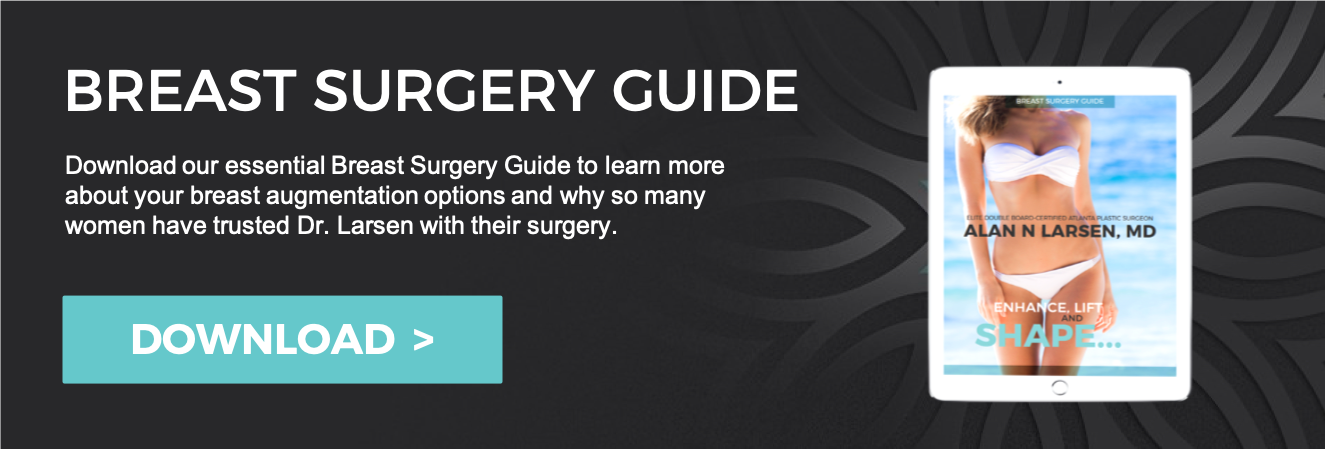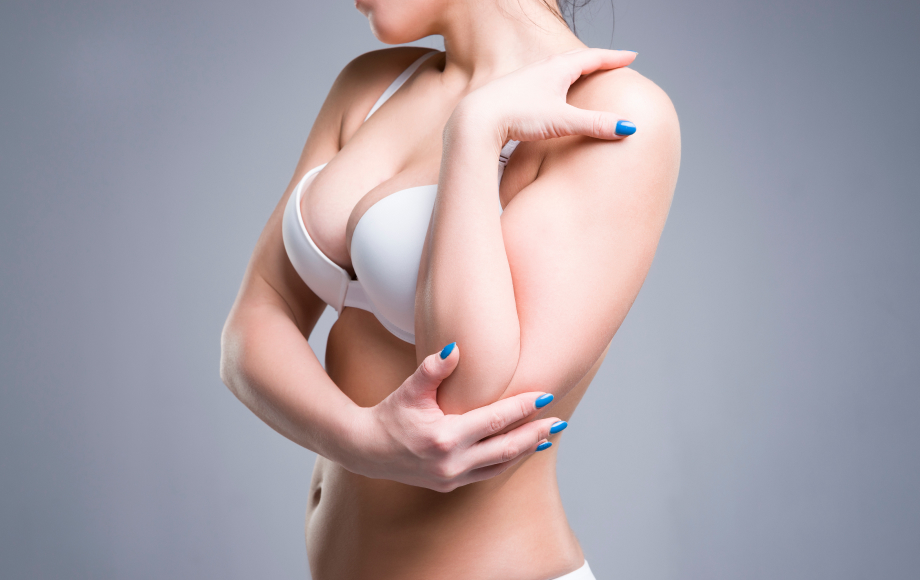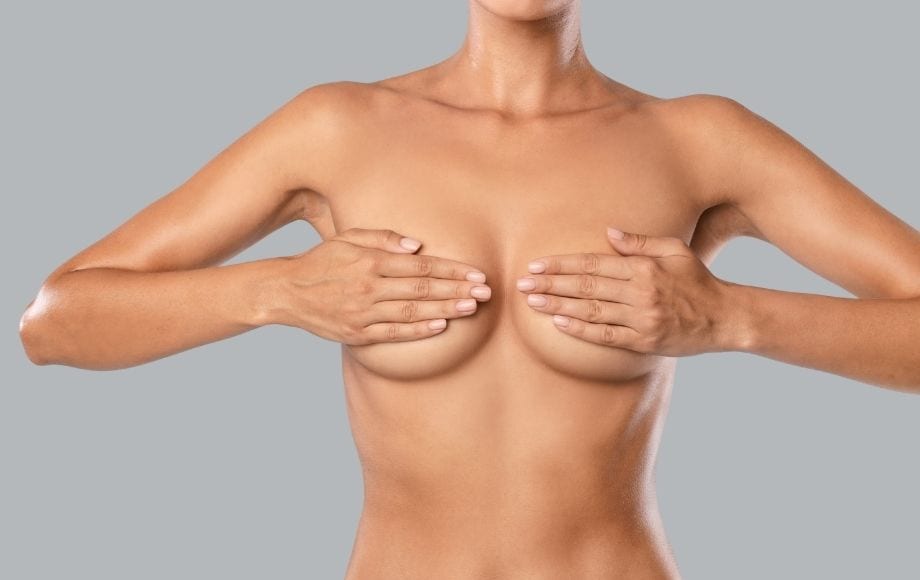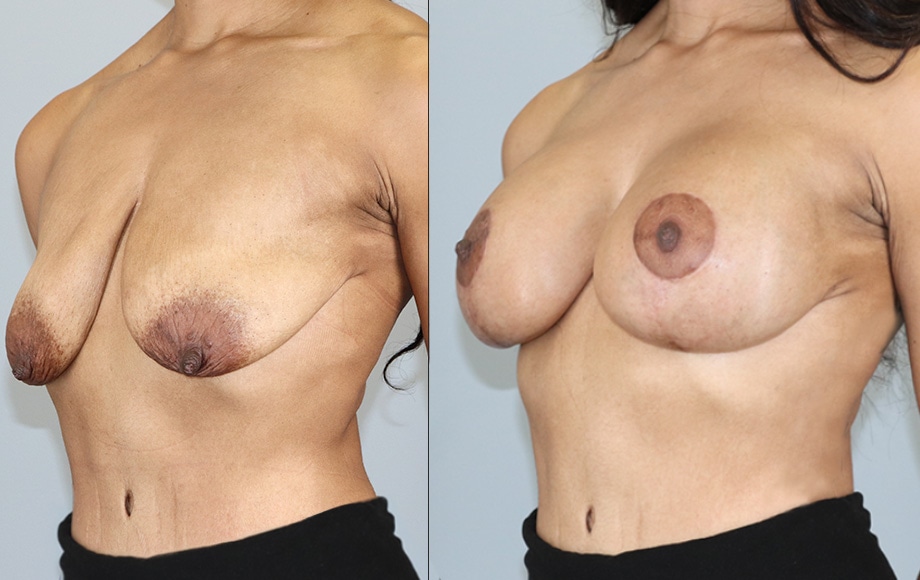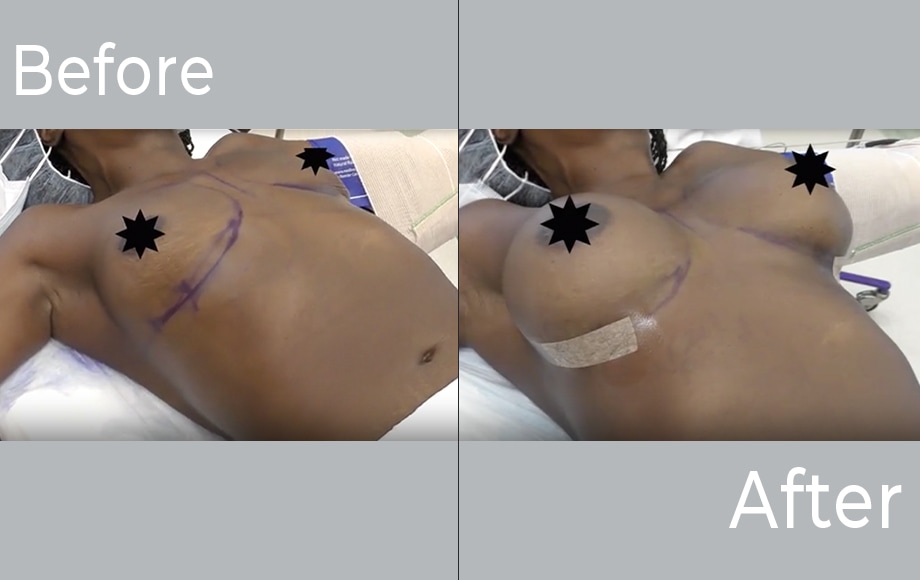Women choose to undergo breast augmentation surgery for a variety of reasons. Some simply want bigger breasts, while others may want to regain their breasts after losing them to breast cancer. Because breast implants serve many different purposes, it only makes sense to have different options available to fulfill those purposes. Breast implants vary in size, type of filler, shape, and placement, so it is important to understand these options when making your decision about breast augmentation.
Size
Size is usually the #1 thought when evaluating breast augmentation. Our team is dedicated to helping you figure out the best size for you. Why is this important? Because you want comfort, self-confidence, and happiness with your choice.We use a sizing system to help our patients understand what their new breasts will look and feel like.
It’s important to consider what size breast implants you want for a couple of other reasons. First, implants that are too large may not heal properly or won’t look the way you want them to. The same happens with implants that are too small. If your implants aren’t as large as you want them to be, you may not achieve the look you’re going for. Breast implants are measured in cubic centimeters (cc’s), meaning 150 cc’s to 200 cc’s usually equals one cup size. A plastic surgeon like Dr. Larsen will help you gauge what sizes will work for your body and the look you desire.
Type of Filler

Silicone implants are known to be most similar to natural breasts in texture. However, these types of implants need to be checked out by your plastic surgeon periodically to ensure they aren’t leaking or ruptured.
Highly cohesive silicone implants, commonly known as “gummy bear” implants, are made of more durable silicone. Although they are firmer than traditional silicone, they are typically preferred because of their long-lasting performance. These implants get their name because of how cohesive the silicone is. Our partners like Mentor, Sientra, and Natrelle offer implants with a highly cohesive silicone gel as well as implants with a softer cohesive gel that resembles the natural feel of breast tissue.
Saline implants, though not as popular as silicone, are still an option if desired. They typically cost less than silicone implants and require a smaller incision, which means less scarring. They are more firm as they are overfilled. As a result, they provide more fullness and projection, which is preferred by women who want a less-natural look.
There is also a natural filler that is growing in popularity: fat. Surgeons can transfer fat from other areas of the body, such as the thighs and hips into the breasts by withdrawing fat from the selected region and injecting it into the breasts. The fat undergoes a purification process prior to being reinjected. This procedure is recommended if the patient desires a smaller enhancement such as 150 – 200 cc’s or one cup size.
Shape
Breast implants come in an atomic, or teardrop, shape, and round shape. The teardrop implants are designed to mimic the natural slope of the breasts, while round implants provide more fullness in the upper part of the breasts and a little more width. Round implants are the most popular and are ideal for patients who want more fullness in the top part of their breasts. Dr. Larsen prefers and offers smooth, round breast implants of all profiles and projections. He will work with you to understand your desires and determine what best fits with your body.
Placement
Breast implants are either implanted above the breast muscle (subglandular) or beneath it. Dr. Larsen recommends placing the implant above the muscle if the patient has enough breast tissue. Placing the implants above of the pectoral muscle (subglandular) means the implants are less likely to become misshapen from lateral displacement. Otherwise, in patients with little or thin breast tissue, Dr. Larsen suggests placing implants under the muscle (submuscular implant) to help reduce the visibility of the implant.
Learn More About Buckhead Plastic Surgery Breast Augmentation Options
Dr. Larsen has helped 1000s of women achieve their desired look over the past 20 years. All the information above is great foundational information if you are thinking about a breast augmentation surgery. We welcome you to set up a consultation with Dr. Larsen to learn more about your options. Contact us today!
